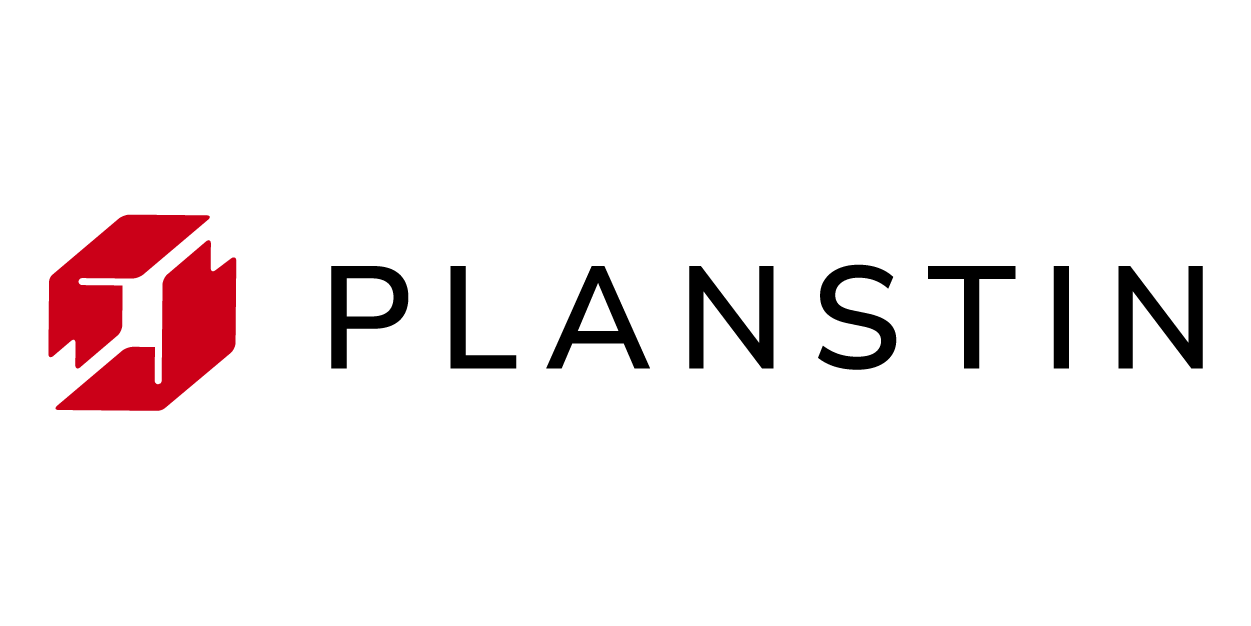A Simple Guide to Open Enrollment for Individuals and Families
Health coverage is one of those things we all know we need—but it can be confusing, expensive, and hard to navigate. Premiums go up, paperwork piles up, and sometimes it feels like you have no choice but to “just pick something.”

But here’s the good news: you actually have more options than you think. Whether you’re reviewing your current plan or exploring something new, understanding open enrollment can help you make a more confident, informed decision about your care.
What Is Open Enrollment — and Why Does It Matter?
Open enrollment is the time of year when individuals and families can review, renew, or change their healthcare coverage.
During this period, you can:
- Enroll in a new health plan
- Renew your current coverage
- Switch carriers or plan types
- Add or remove dependents
- Update your household information to see if you qualify for tax credits or subsidies
For most insurance-based coverage, open enrollment is the only time of year you can make changes unless you experience a qualifying life event—like marriage, a new baby, or losing your job’s health benefits.
That’s why it’s important to pay attention to deadlines and know your options ahead of time.
Tip: If your healthcare is insurance-based, open enrollment applies. If it’s membership-based—like direct primary are (DPC) or a Planstin Membership—you have flexibility year-round.
Who Is Affected by Open Enrollment?
If your care is insurance-based, open enrollment likely applies. If it’s membership-based, you typically have year-round flexibility. The chart below shows what’s affected—and what isn’t. :
| Type | What it Is | Open Enrollment Required? | Why Consider It? |
|---|---|---|---|
| Federal Marketplace | A government site where individuals and families can shop ACA-compliant plans and check for tax credit eligibility. | Yes — typically Nov 1–Jan 15 | You may qualify for premium subsidies based on income. |
| State-Based Marketplace | Similar to the federal exchange, but operated by your state. Dates vary by state. | Yes | Sometimes offers longer enrollment windows or localized options. May allow more network choices but no government subsidies. |
| Off-Exchange (Private) | Plans purchased directly from an insurance carrier. | Generally, yes | May allow more network choices but no government subsidies. |
| Employer-Sponsored Coverage | Benefits offered through your workplace; your employer usually pays part of the premium. | Yes (company-specific window) | Often the most cost-effective if your employer contributes. |
| Membership-Based Healthcare (e.g., DPC or HealthShare Membership) | Non-insurance programs that provide everyday care and support for larger needs with clear monthly pricing. | No — join anytime | Simpler pricing, flexible access, and transparent benefits. |
When Does Open Enrollment Happen?
Open enrollment windows vary by the type of plan that you have, but many align with the Marketplace timeline.
Marketplace plans: November 1st to January 15th (most states)
Employer plans: Dates vary by company
State marketplaces: Some states extend their windows. Always check your state site for details.
Membership-based programs: Join or cancel anytime of the year.
Why this matters: Knowing when your enrollment window opens helps you avoid coverage gaps, compare plans accurately, and make the most of your options.
What to Know Before You Enroll?
Open enrollment is your chance to pause—not panic. Instead of auto-renewing last year’s plan, take time to look at how you actually used care and what you paid overall. A few minutes of review can help you save money and frustration later.
Understand your timing and start date.
Marketplace coverage typically begins on the first day of the month after you enroll (for example, enroll by December 15 for a January 1 start). Employer plans may follow a different schedule. Membership-based options are usually active immediately after sign-up.
Count the real yearly cost.
Don’t stop at the monthly premium. Add up your deductible, copays, prescriptions, and any major expenses to get the
true total cost. Then compare side by side to see what’s actually worth it.
Make sure it fits how you use care.
Think about last year: How often did you visit your doctor, urgent care, or specialist? Do you use telehealth or mental health services? Are prescriptions a big part of your budget? Your answers can guide which option fits best—virtual, in-office, or a membership that combines both.
Keep your doctors and medications simple.
If keeping a specific doctor or specialist is important, check their availability under your new plan. Review your regular medications for pricing, refills, and delivery options—especially if you use mail order or travel often.
Plan for big medical needs and flexibility.
Know your potential out-of-pocket limits for emergencies or hospital care. Ask how your plan handles major bills and whether benefits are available if life changes mid-year.
Tip: Compare traditional plans with membership-based options like direct primary care or healthcare memberships. Many families pair a DPC membership for everyday access with a sharing or safety-net program for larger needs.
What Happens if You Miss the Open Enrollment Deadline?
If open enrollment ends and you don’t qualify for a Special Enrollment Period, you may need to wait until next year to make changes.
You could qualify for a special window if you:
- Got married or divorced
- Had a baby or adopted a child
- Moved to a new ZIP code or state
- Lost or gained job-based coverage
- Experienced another major life change
If you don’t qualify, you still have a few options:
- Short-term health insurance: Temporary coverage to bridge a gap until next open enrollment.
- Medicaid or CHIP: Available year-round for those who qualify based on income or family size.
- Membership-based healthcare programs: These allow you to join anytime and provide immediate access to care and savings.
Planstin Membership is open year-round—offering everyday care, mental health support, prescription savings, and help with larger medical needs whenever you’re ready.
Why You Might Consider Nontraditional Healthcare Options this Year
Each year, premiums and deductibles continue to rise faster than wages, and many families are paying more while using less care. Traditional insurance often comes with narrow networks, complicated billing, and limited flexibility.
That’s why more individuals and families are looking for simpler, membership-based models that focus on access and affordability.
Membership-based options, like direct primary care (DPC) and healthshare memberships, offer:
- Predictable monthly costs instead of surprise bills
- Year-round enrollment (no waiting for open enrollment)
- Personalized care with direct communication from your provider
- Virtual and in-office access that fits your schedule
- Transparency in pricing and benefits
Planstin Membership was designed for exactly this reason. It pairs direct primary care through Primestin Care with 24/7 virtual care, mental health support, prescription savings, and protection for larger medical needs, all in one simple membership you can join any time of year.
Click here to learn more about Planstin’s membership options >
Make Open Enrollment Work for You
Open enrollment doesn’t have to be stressful. Think of it as your annual check-in—your chance to make sure you’re getting real value from what you’re paying for.
Take time to compare your options, ask questions, and think about what kind of care actually fits your lifestyle.
And remember: traditional insurance isn’t the only path to affordable healthcare.
Whether you’re exploring new coverage or looking for a simpler, more personal approach to care, Planstin Membership is here to help.
Learn more or enroll anytime at personal.planstin.com.
Search the Blog
Ready to make healthcare easy?
Suggestions For You


